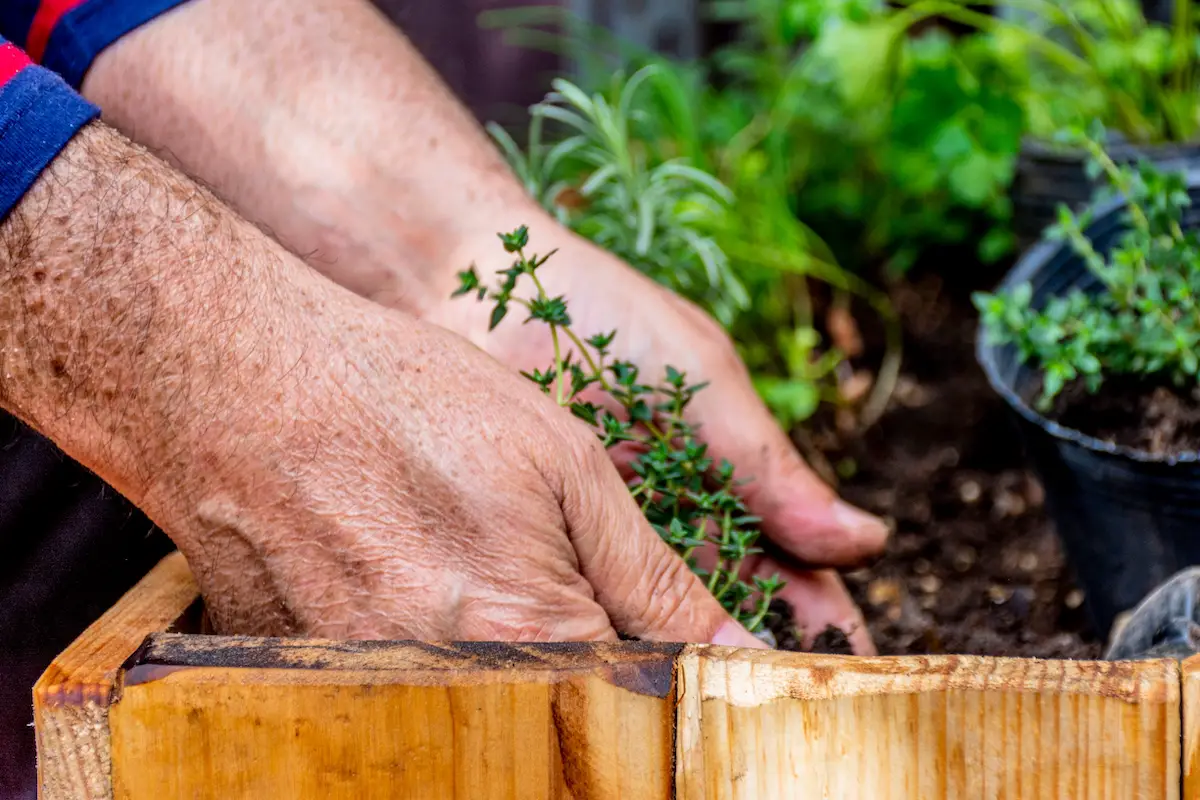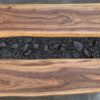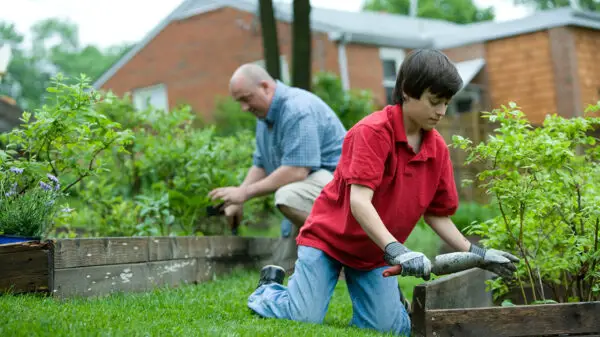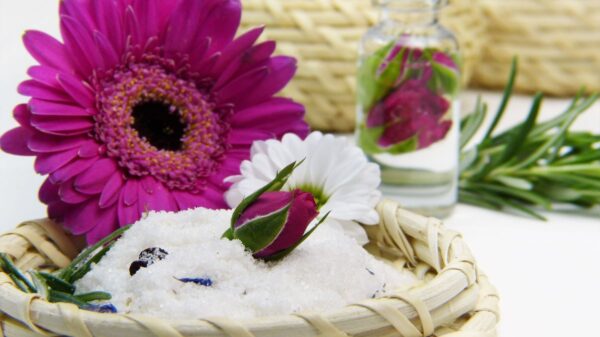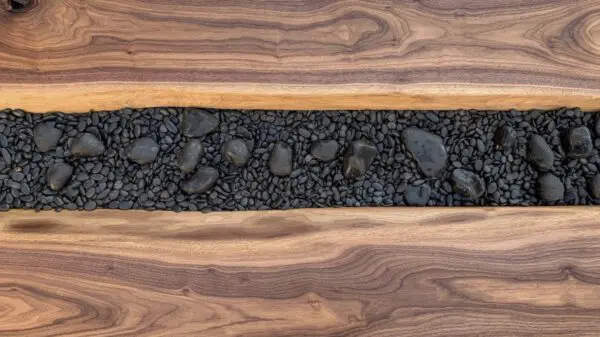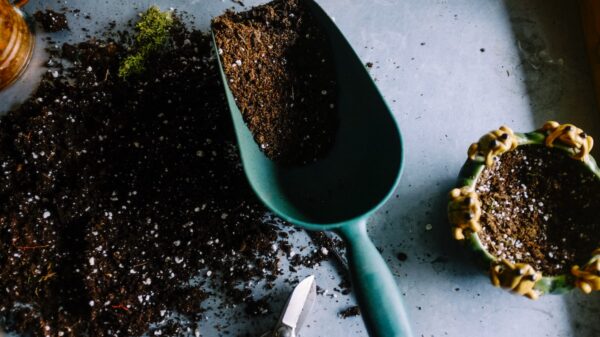Embracing Microgardening with Confidence
In the world of gardening, having limited space shouldn’t hinder your green aspirations. Microgardening is a fantastic way to cultivate plants and flowers, even if you have little gardening experience or a small living area.
This comprehensive guide will walk you through the best microgarden plants for beginners, offering insights and expert advice to help you nurture your green thumb and transform your space into a lush oasis.
What Is a Microgarden?
A microgarden is a small-scale garden that is designed to thrive in limited spaces, making it an excellent option for individuals with constrained living areas or those looking to cultivate plants in a more compact environment.
These gardens are specifically tailored to flourish in areas like balconies, windowsills, small patios, and even indoors. The concept behind a microgarden is to maximize the use of available space by selecting plants that are well-suited to confined conditions.
Microgardens can encompass various types of plants, including herbs, succulents, flowers, and even certain vegetables.
The key to a successful microgarden lies in careful plant selection, optimal placement, and providing the right conditions for growth. With a bit of creativity and expert guidance, you can transform even the tiniest nook into a lush and vibrant oasis.
Top Microgarden Plants for Beginners
Microgardening opens a world of possibilities for those eager to embrace the joys of cultivating plants. Whether you’re a city dweller with a small balcony, a homeowner with a cozy backyard, or a beginner eager to dip your toes into gardening, these microgarden plants are sure to thrive in limited spaces:
1. Succulents and Cacti
Succulents and cacti are hardy, low-maintenance plants that are perfect for beginners; their water-storing capabilities make them resilient, and their diverse shapes and sizes add visual interest to your microgarden.
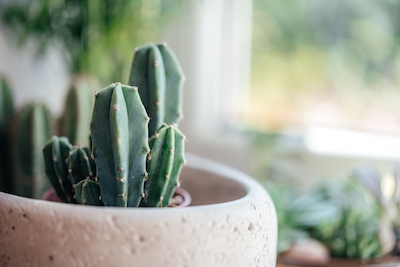
2. Herbs: Basil, Mint, and Rosemary
Herbs are not only flavorful additions to your culinary endeavors but also some of the best microgarden plants; they require minimal space, and their aromatic presence enhances your space, infusing it with both practicality and a delightful sensory experience.
3. Strawberries
For a touch of sweetness, consider growing strawberries; these compact plants can be grown in hanging baskets or vertical planters, making them ideal for small areas and adding a delightful burst of flavor to your microgarden.
4. Pothos and Spider Plants
Indoor spaces can benefit from the air-purifying qualities of pothos and spider plants; these green companions are easy to care for and can thrive in various lighting conditions, making them excellent choices for enhancing your microgarden and your living environment.
5. Lavender
Lavender’s soothing fragrance and delicate blooms make it a wonderful addition to any microgarden; it thrives in well-draining soil and ample sunlight, adding both beauty and a calming aroma to your compact green space.
6. Cherry Tomatoes
If you’re craving homegrown produce, cherry tomatoes are a fantastic choice; compact varieties flourish in containers, and you’ll be rewarded with a bountiful harvest that adds a burst of freshness to your microgarden and your meals.
7. Aloe Vera
Aloe vera’s healing properties and minimal care requirements make it a popular microgarden choice; it adds a touch of elegance with its spiky leaves and serves as a natural remedy hub right in your compact green space.
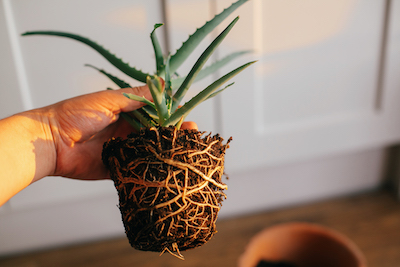
8. Calathea
For indoor gardeners, calathea offers striking foliage with intricate patterns; it’s an excellent choice for adding a pop of color and texture, infusing your microgarden with a vibrant and visually captivating aesthetic.
9. Dwarf Zinnias
Zinnias bring vibrant colors to your microgarden; opt for dwarf varieties that stay compact and lively even in small spaces, allowing you to enjoy a kaleidoscope of hues in the tiniest corners of your outdoor haven.
10. Bonsai Trees
While a bit more challenging, bonsai trees are incredibly rewarding; their artistic allure and small size make them captivating additions to your microgarden, adding an element of patience and mastery that results in a truly unique and enchanting green masterpiece.
Expert Tips for Thriving Microgardens
Creating a successful microgarden requires a combination of care and creativity. Here are some expert tips to help your plants flourish:
- Choose the Right Containers: Opt for containers that provide adequate drainage and are proportionate to the plants’ sizes.
- Use Quality Soil: Invest in high-quality potting mix that provides essential nutrients and promotes proper drainage.
- Monitor Sunlight: Understand your plants’ sunlight requirements and place them accordingly, whether it’s a sunny windowsill or a shaded corner.
- Water Wisely: Avoid overwatering by allowing the topsoil to dry out between waterings. Use a spray bottle for delicate plants.
- Fertilize as Needed: Feed your plants with a balanced liquid fertilizer during the growing season to ensure their vitality.
Microgarden vs. Planter Boxes
Microgardens and planter boxes are both popular options for individuals looking to cultivate plants in limited spaces, but they differ in terms of design, scale, and purpose. Let’s delve into the distinctions between these two gardening approaches:
Microgarden
A microgarden is a small-scale gardening concept that focuses on maximizing the use of available space to cultivate a variety of plants. It is not confined to a specific container type and can encompass a range of setups, such as hanging baskets, vertical planters, and even individual potted plants.
The emphasis of a microgarden is on selecting plants that can thrive in confined conditions, often incorporating a mix of ornamental plants, herbs, succulents, and more.
Microgardens bring greenery and life to limited areas such as balconies, windowsills, small patios, and even indoor spaces. They offer an opportunity to connect with nature and create a visually appealing and functional garden despite spatial constraints.
Planter Boxes
Planter boxes are specific containers designed to hold soil and plants, creating a contained space for gardening. These boxes are available in various sizes and materials, such as wood, plastic, or metal. Planter boxes are particularly popular for growing vegetables, herbs, flowers, and other plants.
One of the key differences between planter boxes and microgardens is that planter boxes are a defined structure with specific dimensions. They are often used to create organized garden spaces on patios, decks, and even within larger gardens.
Planter boxes provide the advantage of easy maintenance and accessibility, as well as the ability to control soil quality and drainage.
In summary, while both microgardens and planter boxes serve as solutions for gardening in limited spaces, microgardens are a more holistic concept that can encompass various container types, while planter boxes are specific containers designed to facilitate gardening.
Choosing between the two depends on your preferences, available space, and desired aesthetic.
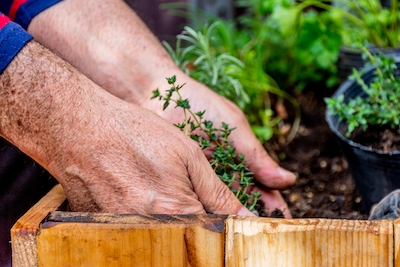
Cultivate Your Microgarden Paradise
Embarking on a microgardening journey is an exciting endeavor that allows you to bring nature’s beauty into even the smallest spaces. With the right plants, care, and expert guidance, you can create a thriving microgarden oasis that brings joy, tranquility, and a touch of greenery to your life.
Remember, microgardening isn’t just about cultivating plants; it’s about nurturing your connection to nature and reaping the rewards of your efforts. So, gather your chosen plants, roll up your sleeves, and let the microgardening adventure begin!
FAQs
Can I grow microgarden plants indoors?
Absolutely! Many microgarden plants thrive indoors, making them perfect for apartment dwellers and those with limited outdoor space.
What if I have a brown thumb?
Start with hardy plants like succulents or pothos. They require minimal care and can withstand occasional neglect.
How often should I water my microgarden plants?
The watering frequency varies based on the plant type and environmental conditions. Generally, allow the soil to dry out between waterings.
Do I need special tools for microgardening?
Not necessarily. Basic gardening tools like trowels, watering cans, and pruners will suffice for most microgarden plants.
Can I grow microgarden plants from seeds?
Yes, you can! However, beginners might find it easier to start with young plants or cuttings.
How can I prevent pests in my microgarden?
Keep a close eye on your plants and regularly inspect them for signs of pests. Neem oil or insecticidal soap can help manage common pests.


